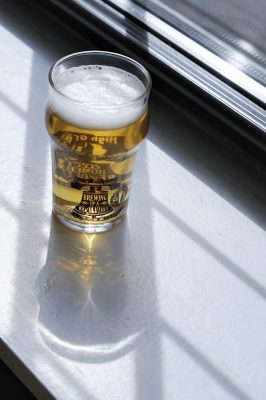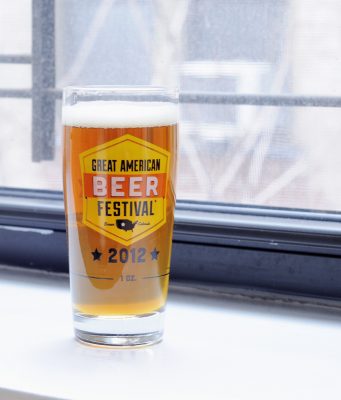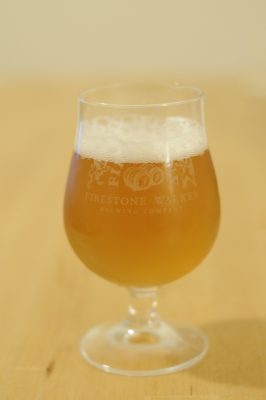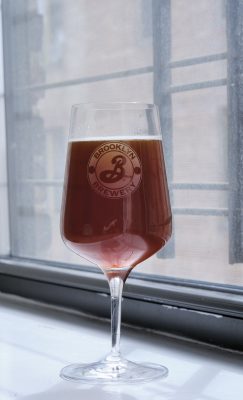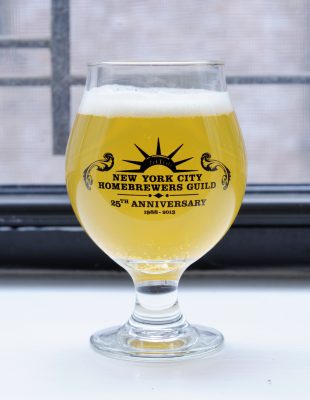Cream ale, for me, is a bit of a compromise beer. Within my circle of non-beer geek friends, I make no secret of my fondness for adjunct-laden light American lager. Within my beer geek and homebrew circles, however, I tend to be a bit more reserved in my endorsement for flavorless lager. This egocentric rationale is probably why I’ve never brewed the style myself.
Instead, I’ll often brew cream ale, which has the ability to fill my desire for a flavor-muted, low-alcohol session beer. It also seems to be a more respectable beer in the sense that there is a bit more flavor, as well as a good historic precedence. That said, I should probably just drop the self-consciousness, bite the bullet, and brew up some shitty American lager. Until then, here’s the recipe and review for my latest batch of cream ale.
Cream Ale Recipe
Specifications:
Size: 3.25 gal
Efficiency: 74%
Attenuation: 80%
Original Gravity: 1.051
Terminal Gravity: 1.010
Color: 2.84 SRM
Alcohol: 5.3% ABV (calculated)
Bitterness: 14.2 IBU
Malt Bill:
4.5 lbs. (72.0%) Weyermann Pilsner Malt
1.25 lb. (20.0%) Briess Flaked Corn
Sugar Additions:
0.50 lb. (8.0%) Corn Sugar (Dextrose)
Mash Profile:
149°F – 60m
Water Treatment:
Extremely Soft NYC Water
3 g. Gypsum (to mash)
3 g. Calcium Chloride (to mash)
Hopping:
28 g. Hallertaurer Mittelfruh (2.5% AA) – 90m
Kettle Additions:
0.5 ea. Whirlfloc Tablets (Irish moss) – 15m
0.5 tsp. Wyeast Nutrient – 10m
Yeast:
Wyeast 1056 American Ale
Tasting Notes:
Judged as a BJCP 1C Cream Ale
Aroma (8/12):
The aroma is quite subdued and mellow, letting a very low fermentation character with hints of apple, pear, and, perhaps berry ester, come through. There is a low corn character that features a touch of sweetness which is somewhat vanilla-like. The pilsner malt character provides some doughy bread aroma that may be a touch high for the style.
Appearance (3/3):
The beer is very clear with only the slightest hint of haze. There is a nice, foamy white head with great persistence.
Flavor (10/20):
Like the aroma, the flavor is very subdued. Initially, there is a pop of fresh round malt that is bready, slightly sweet, and just a touch grainy. A slight touch of corn flavor is present, but not as apparent as some judges may be searching for. The hop bitterness is very, very low and leaves the beer finishing just a touch sweet.
Mouthfeel (1/5):
Beer has a very light body with sparkling carbonation. The residual sweetness and lack of bitterness leaves the beer feeling a bit flabby. My guess is that this is accentuated by the beer finishing at a relatively high pH as well. Perhaps some addition of pH-lowering mineral salts would help brighten up future iterations of this beer.
Overall Impression (5/10):
This is a pretty nice beer, but lacks the crispness that I would expect in a cream ale. Additionally, the beer is perhaps a bit too characterful for the style and could benefit from a more toned down pilsner malt profile.
Good (27/50)

